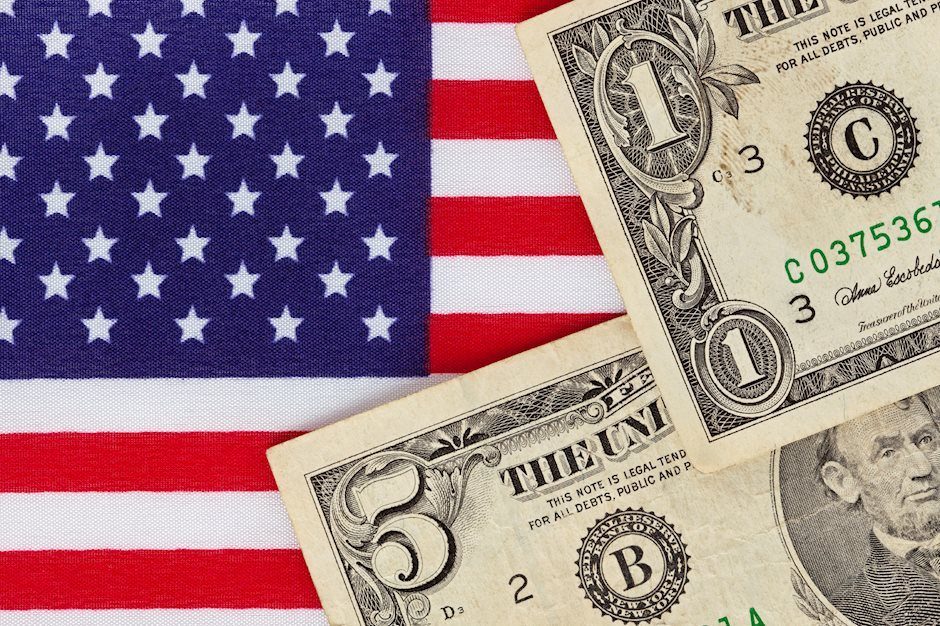Household Debt Up 18 Consecutive Quarters to a New Record, Card Stress Rising

Household debt is up 18 consecutive quarters to a new record high. Credit card stress is on the rise in most age groups.
The New York Fed report on Household Debt and Credit Developments in 2018 Q4 shows consumer debt hit another new record.
Aggregate household debt balances ticked up in the fourth quarter of 2018 for the 18th consecutive quarter, and are now $869 billion (6.9%) higher than the previous (2008 Q3) peak of $12.68 trillion. As of December 31, 2018, total household indebtedness was $13.54 trillion, a $32 billion (0.2%) increase from the third quarter of 2018. Overall household debt is now 21.4% above the 2013 Q2 trough.
Mortgage balances shown on consumer credit reports on December 31 stood at $9.1 trillion, essentially unchanged from the third quarter of 2018. Balances on home equity lines of credit (HELOC) continued their declining trend from 2009 with a drop of $10 billion in the fourth quarter and are now at $412 billion, the lowest level seen in 14 years. Non-housing balances increased by $58 billion in the fourth quarter, with auto loans increasing by $9 billion, credit card balances going up by $26 billion, and student loan balances by $15 billion. The increase in credit card balances is consistent with seasonal patterns but marks the first time credit card balances re-touched the 2008 peak; card balances now stand at $870 billion.
Housing Debt
- There was $401 billion in newly originated mortgage debt in 2018 Q4.
- Mortgage delinquencies were flat again, with 1.1% of mortgage balances 90 or more days delinquent in 2018 Q3.
- Delinquency transition rates were mixed, with about 1.0% of current balances transitioning to delinquency. Transitions from early delinquency were flat, as 14.8% of mortgages in early delinquency (30-60 days late) transitioned to 90+ days delinquent. The share of mortgages in early delinquency that “cured” was 35.1%.
- About 68,000 individuals had a new foreclosure notation added to their credit reports between October 1 and December 31, up slightly the previous quarter. Foreclosures remain very low by historical standards.
Credit Cards, Account Closings, Credit Inquiries and Collection Accounts
- Transitions into serious delinquency for credit card accounts increased again. While this rate is highest for younger borrowers, it has risen sharply among older borrowers over the last two years.
- The number of credit inquiries within the past six months – an indicator of consumer credit demand – declined to the lowest level seen in the history of the data.
- Account closings were at their highest level since 2010.
Student Loans
- Outstanding student loan debt stood at 1.46 trillion in the fourth quarter, up $15 billion.
- 11.4% of aggregate student debt was 90+ days delinquent or in default in 2018 Q4, a small improvement from the jump seen in the third quarter of 2018. Transition rates into delinquency were unchanged.
Delinquencies by Loan Type
Credit Card Stress in Higher Age Groups
Delinquencies are rising despite the allegedly robust jobs market. Stress is not at 2008 levels but it has been on the upswing since 2014 or 2016 depending on the age group.
So what happens in a downturn?
Author

Mike “Mish” Shedlock's
Sitka Pacific Capital Management,Llc



















